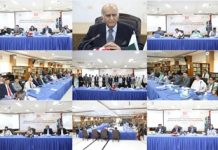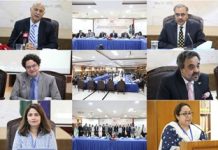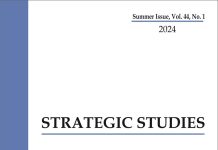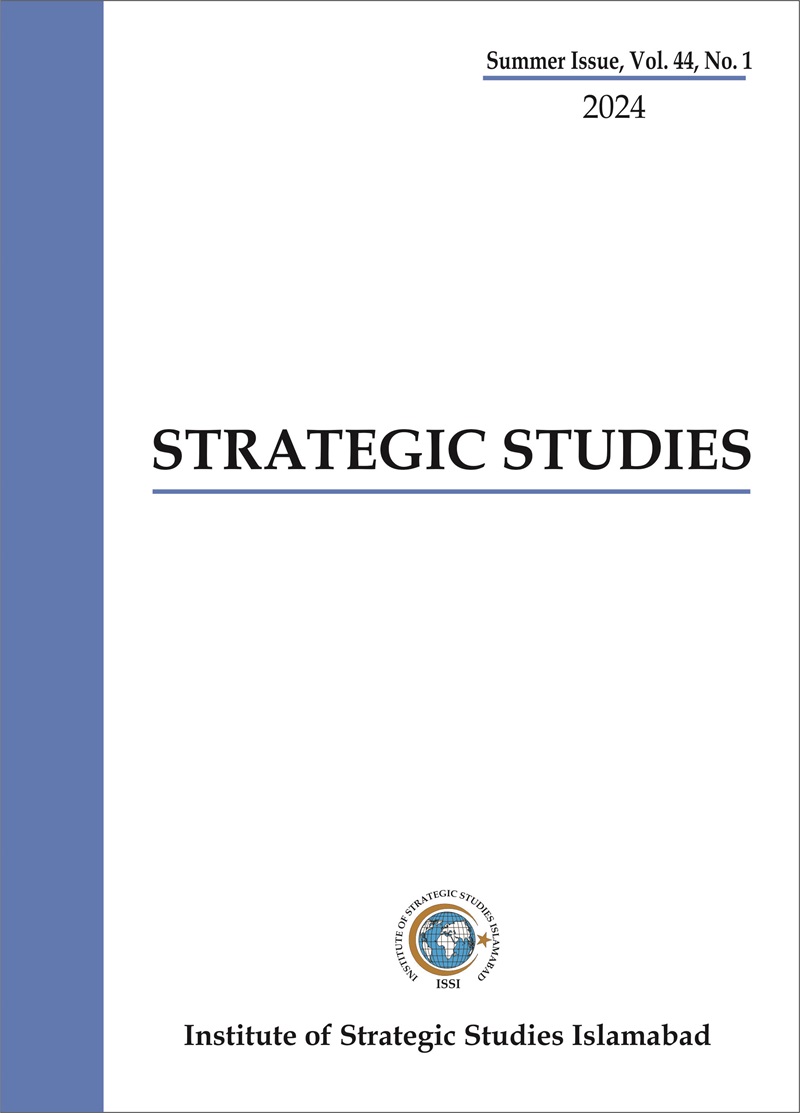Abstract
This paper is an attempt to analyse the Soviet and Post-Soviet Russian policy responses towards the South Asia particularly India and Pakistan contextualising how the systemic pressures stimulated from balance of power and intervened by domestic factors specifically ideology and leaders’ images played important role in policy formulation and execution. Majority explanations of Soviet-Russian South Asian policy do not offer analysis of inside-out interactions. Incorporation of domestic factors in analysis would provide better explanation of Soviet-Russian policy and the key developments in South Asia. Soft-positivist methodology with qualitative and quantitative methods are employed to analyse data from primary and secondary sources. The paper categorises four distinct phases of Russian South Asia policy responses; Estrangement (1947-1953), Engagement (1954-1971), Indo-Centrality (1971-1991), Pragmatism (1991-2022) stimulated by systemic and intervened by domestic factors. Balancing and competition with the United States (US) and China primarily motivates Soviet Union to shape policy but ideology, leaders’ perceptions and images also influenced.












